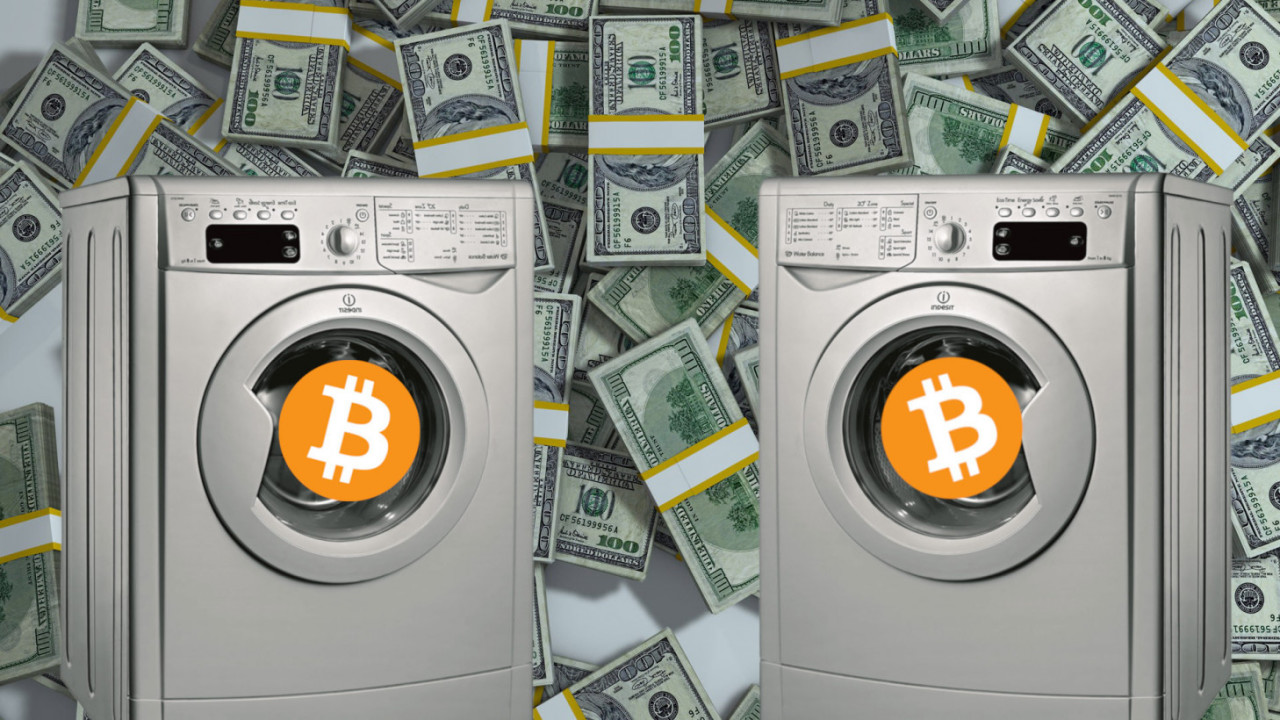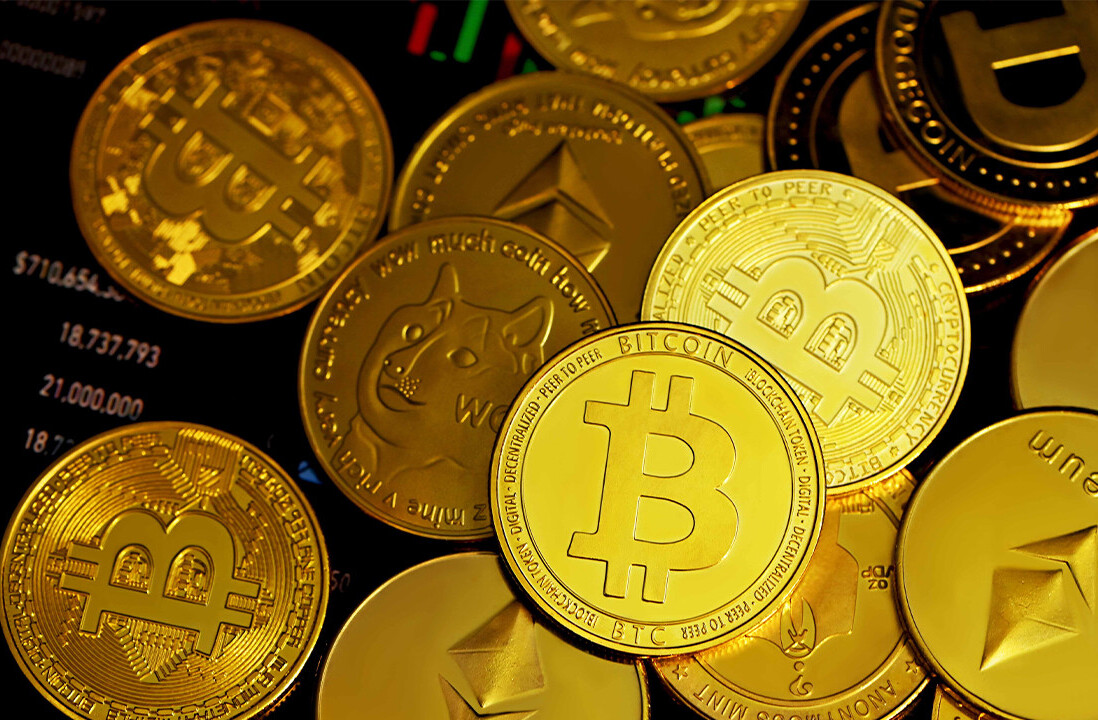
Welcome to Hard Fork Basics, a collection of tips, tricks, guides, and advice to keep you up to date in the cryptocurrency and blockchain world.
Since 2009, estimates suggest criminals have used the hyper-connected cryptocurrency ecosystem to launder well over $2.5 billion worth of dirty Bitcoin.
Contrary to popular opinion, it’s actually quite easy to link Bitcoin transactions together in order to identify you. This should be obvious, considering public blockchains are totally transparent and browsable by anyone.
Still, dumb criminals are constantly caught for using Bitcoin in illicit activities.
This is because Bitcoin is not anonymous. In fact, there are barely any cryptocurrencies on today’s market that are capable of masking identities when sending, receiving, and spending cryptocurrency.
So, ever wonder how these cyberbaddies are turning ill-gotten money, too sketchy for use in the real world, into clean cryptocurrency?
Let’s take a quick look at how they do it, for science!
Mixing services split up Bitcoin, only to reassemble it
Bitcoin mixers (also known as “tumblers”) purportedly clean dirty cryptocurrency by bouncing it between various addresses, before recombining the full amount through a Bitcoin wallet hosted on the dark web.
They’re a little painstaking to use, and definitely not free (standard fees will range from 1-3 percent of the cryptocurrency to be mixed).
You’ll need one Bitcoin wallet hosted on the ‘clearnet,’ (a fancy word for the standard internet). Also, you should open two or more Bitcoin wallets that run exclusively on the dark web (there are a few of these wallets available, but be careful!).
And of course, some Bitcoin to mix.
To start, Bitcoin is sent from a clearnet wallet to one of the hidden Tor wallets. These kinds of transactions are called ‘hops,’ and can be done multiple times across dark web Bitcoin addresses, adding a layer of obfuscation with every ‘hop’.
With it stored on a dark web wallet, it’s time to run it through a tumbler. There are many mixing services that claim to be reputable, and charge various fees depending on the level of anonymity requested by the user, but it’s not up to me to show you where they are.
The tumbler will automatically split the Bitcoin up across multiple transactions, sending it at randomized intervals to enough Tor-hosted Bitcoin addresses that the ability to link the transactions together in a meaningful way is removed.
Once the tumbling is complete, the Bitcoin supposedly ‘clean’ enough to deposit on a cryptocurrency exchange to be traded for other cryptocurrencies, or even fiat.
It should be noted that researchers have studied these mixing services to determine just how effective they are. Unfortunately, they found even the most well-known and established ones had serious security and privacy limitations, highlighting the danger of using such services for criminal activities.
Bitcoin is easily laundered through unregulated exchanges
Unregulated cryptocurrency exchanges (those without Know-Your-Customer and Anti-Money-Laundering (KYC/AML) procedures, such as identity checks) can also be used to ‘clean’ Bitcoin, even without using a cryptocurrency mixing service beforehand.
This is done by simply trading the Bitcoin a number of times across various markets. For example, a user can deposit onto an unregulated exchange, swapping it for various altcoins.
Each time a trader exchanges cryptocurrency for another, they are adding degrees of privacy similar to ‘hopping’ between wallet addresses. Although, how effective this is depends heavily on the exchange’s monitoring technology, so this might not be a totally airtight solution.
The user can then withdraw their cryptocurrency to an external cryptocurrency wallet via other anonymous exchange accounts they own. Depending on the exchange, they could convert it to allegedly ‘clean’ fiat, but fiat markets on unregulated exchanges are hard to come by, and often shortlived.
Inevitably, money launderers turn to shady peer-to-peer markets and other nefarious deeds to turn their Bitcoin into cash. In 2016, Dutch police swooped on an international money laundering ring, seizing bank accounts, Bitcoin, luxury cars and ingredients for ecstasy.
Still, a few months back, researchers found unregulated cryptocurrency exchanges receive an overwhelming majority of the internet’s dirty Bitcoin. Even worse, the exchanges in countries where there is little-to-no AML regulations actually receive 36-times more Bitcoin from money launderers than those with appropriate rules in place.
Researchers estimated that after Bitcoin has been cleaned on exchanges, 97 percent of it ends up in countries with extremely lax KYC/AML regulations.
It’s also worth mentioning there are slightly less illegal (but still questionable) uses of these mixing services. In particular, regulated exchanges like Coinbase monitor their networks for possible interactions with prohibited cryptocurrency gambling sites.
As such, cleaning digital funds exposed to blockchain casinos before depositing to Coinbase and the like is an often-cited use-case, beyond the ultra illegal money laundering.
Get the TNW newsletter
Get the most important tech news in your inbox each week.




